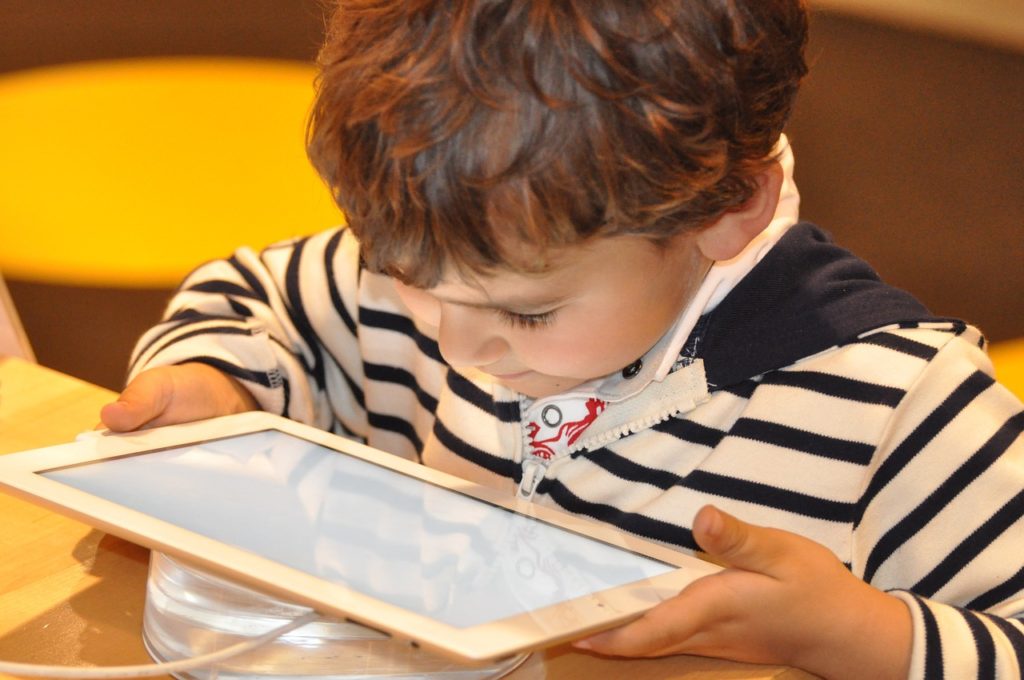The preparation of students for complex, undetermined jobs that require STEM/STEAM proficiencies is an expectation for today’s educators at the local, state, and national levels. A school-community partner relationship is an excellent solution to further integrate STEM/STEAM into the curriculum and bring greater authenticity for students to think and do as developing professionals.
According to the Alliance for Excellent Education (n.d.), community partnerships are “the formal and informal local and global community connections, collaborative projects, and relationships that advance the school’s learning goals” (para. 1). Purposeful partnering with community organizations can provide more enriched programs and support the social, emotional, and academic development of students. In preparing students for 21st century skills, community partnerships can support student exposure to life and career skills, learning and innovation skills, and information, media, and technology skills (Battelle for Kids, n.d.).

In 2018, the Indiana Department of Education (IDOE), Office of Workforce & STEM Alliances released the STEM Six-Year Strategic Plan: An Integrated K-12 STEM Approach for Indiana (IDOE, 2018). Three strategic objectives with impact goals are included in the plan:
1) Improve STEM instruction– 100 percent of Indiana K-12 teachers will be trained in problem/project/inquiry-based approaches to learning by 2025;
2) Scale evidence-based STEM curriculum in classrooms– 100 percent of Indiana K-12 schools will implement integrated, evidence-based STEM curriculum by 2025; and
3) Foster early STEM career exposure– 100-percent of Indiana’s K-12 schools will create and sustain robust STEM related business and industry partnerships in order to inform curriculum, instruction, and student experiences to foster college and career readiness.
Additionally, the IDOE (2020) began a STEM School Certification process in 2015 for each school to work towards becoming a STEM Certified School in the state. The process to become STEM Certified involves several domains of educational programs and leadership. According to the IDOE (2020), “evolving into a STEM school environment is much more than introducing a program. For schools, this requires establishing a common local agenda to significantly improve student performance, incorporating STEM education at all levels, engaging local business and the community, and adopting new curriculum and instructional practices” (p. 3).
Building and sustaining community partnerships can be particularly challenging during the time of COVID-19, but educational leaders can still consider the meaningful potential of community partnerships as an approach to encourage authentic STEM/STEAM experiences for students in face-to-face, blended, and virtual learning situations. In later Indianagrams, we will discuss the different roles that partners may play with schools and districts, but for this issue we address the community partnerships that support curricular enrichment in a COVID-19 landscape.
Leaders and educators may take the following steps to develop, foster, and sustain community partnerships within their school or district:
- Identify potential community partners– Consider the school’s mission, potentiality for student achievement, curricular drive, and focus on STEM/STEAM and integration of developing 21st century skills. Community partnerships may include local businesses and industries that make products or provide services, local colleges and universities, government and military agencies, nonprofit organizations, afterschool clubs, and museums.
- Communicate with potential community partners– Consider ways engagement and resources from both organizations can shift online. An initial survey can help to frame the district or schools’ needs as well as provide an opportunity for partners to express their needs. This survey could include: contact information; ways the organization prefers to interact with teachers and students; technologies available to interact with teachers and students; and ways the school can support the organization’s needs.
- Develop reciprocal relationships with community partners- Consider wants and needs from community partners and schools. Once a community partnership has been catalyzed, with an understanding of the reciprocity of this relationship, teachers and students can begin making real-world connections in authentic settings with the partners. How the partnership is framed, the level of interaction with students, and the goals of both organizations will be unique to each partnership. However, the following are a few examples of how curriculum enrichment can occur through:
- Students work with the community partner to solve a problem through problem-, project-, or design-based pedagogical approaches.
- Community partners serve as an authentic audience for student projects.
- Community partners share their work, research, and experiences while out in the field.
- Students share their work, research, and experiences from school or home with community partners (e.g., citizen science projects).
- Sustain relationships with community partners- Consider how to maintain ongoing communication and support within both organizations. Teachers, students, and community partners collaborate together via videotelephony and online chat services (e.g., Zoom Video Communications, Microsoft Teams, Cisco Webex, Google Meet), share documentation through e-mail and web-based software (e.g., Google Drive, Dropbox, Box, Microsoft OneDrive), or other online management systems. Students can write reflection journals or present their work as alternative assessments to show evidence in growth of STEM knowledge, skills, and attitudes.
One example of a remote learning partnership is the virtual STEAM Club at Burris Laboratory School in Muncie, Indiana. The theme for this year will be Indiana to Antarctica: An Adventure Learning Experience. To support K-5 students from home, pre-service teachers from Ball State University earn service hours while working with the Burris students virtually. A representative from the organization Homeward Bound will also share artifacts (e.g., videos, pictures, interviews, data sets) from a recent expedition to Antarctica. Students will interact virtually with each other, with community partners, and with STEM content to complete projects that relate Hoosier students to Antarctica’s ecosystem.

The old adage of “work smarter, not harder” serves as a reminder that challenges and changes will arise as society continues to evolve, the educational landscape changes, and educators and leaders must think strategically to fit local, state, and national mandates. Community partnerships have shown to further support the academic, social, and emotional development of students by enriching the learning experience and provide meaning-making to students. Twenty-first century skills are essential skill sets for today and tomorrow’s complex STEM/STEAM jobs. Though COVID-19 has created unprecedented issues from educational organizations around the world, technological innovations can be utilized to provide virtual opportunities to integrate STEM/STEAM into the curricula.
Written by Dr. Rachel Geesa and Dr. Krista Stith. This article was published in the September 2020 Indianagram- a publication released by the Indiana Association of School Principals.
